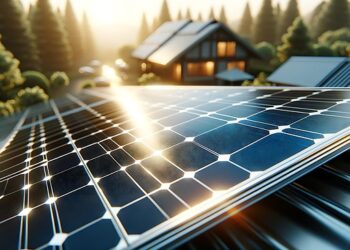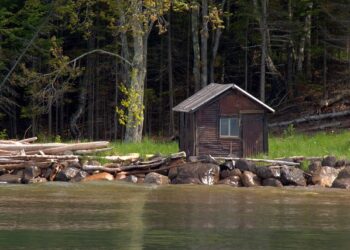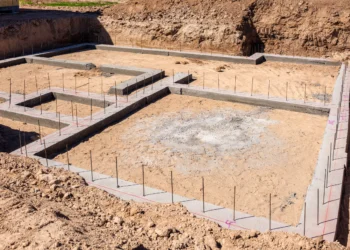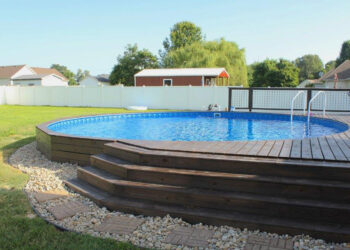Underground living is no longer just for hobbits and mole people! Earth houses, also called earth shelters, have surged over 30% in popularity across North America in recent years.
But, why is this growing buzz for houses hidden below ground? And what exactly are earth houses? Let’s find out in this blog.
What are Earth Houses?
Earth houses are buildings constructed using soil, clay, gravel, and other natural
materials as the primary structural and insulating components. The earth against the walls, floors, and roof helps moderate interior temperatures and provides thermal mass that absorbs heat during the day and releases it at night.
These houses take advantage of the ground’s constant temperatures to create living spaces that are more energy-efficient than conventional buildings. They can be built partially or entirely underground, with just the south-facing façade exposed to allow in natural sunlight.
What are the Benefits of Earth Houses?
There are several notable benefits to earth house construction:
Thermal Mass
Because they are surrounded by earth on at least three sides, earth houses exhibit exceptional thermal mass. In fact, beyond 4 feet underground, temperatures stay within 50-55°F year-round! And with numbers like that confirming their stability and efficiency, it’s no wonder the earth house movement keeps gaining devotees
Durability
Properly constructed, earth houses can last for centuries. The thick earthen walls protect against outside conditions and require little maintenance over time.
Cost Savings
These houses are cost-effective to build because soil, straw, and other natural materials used are affordable and locally available. Their energy efficiency also translates into lower utility bills.
Why the Appeal for Earth Houses?
What is driving so many people to consider earth house living? Some of the appeal lies in:
Sustainability
These houses energy efficiency also cuts back on power usage in the long term. For example, In the United States, the average family spends US$2,000 a year on their energy bills, with the residential sector accounting for 21% of all energy consumption. However, this is not the case for earth houses. It leaves a very small ecological footprint compared to conventional buildings.
Connection to Nature
Living underneath a “living roof” of soil and plants fosters a close connection to nature. The homes blend rather than dominate the landscape.
Customizability
These underground houses allow for immense creativity and custom spaces. Owners can help design unconventional floor plans suited to their needs.
What are the types of Earth Houses?
There are several established techniques and methods for building this underground houses, including:
Rammed Earth
This technique involves compacting layers of a damp mixture of gravel, clay, sand and/or silt between forms to create walls. Rammed earth structures are extremely durable.
Adobe
These type of underground houses use sun-dried blocks made of sand, clay, and organic materials like straw. Adobe has good thermal properties and is easy to repair.
Cob
Cob building uses lumps of clay-rich soil mixed with straw and sand. It is shaped by hand into monolithic walls that are sculptural yet functional.
Earthbags
These use woven bags or tubes filled with clay-rich soil and compacted as the structural and insulation components in domed or vaulted earth houses.
Final Thought
With the above benefits, it’s easy to see why these houses are creating quite the buzz. As more people discover the unique benefits of earth shelter construction, these beautiful homes built from soil continue gaining ground.










